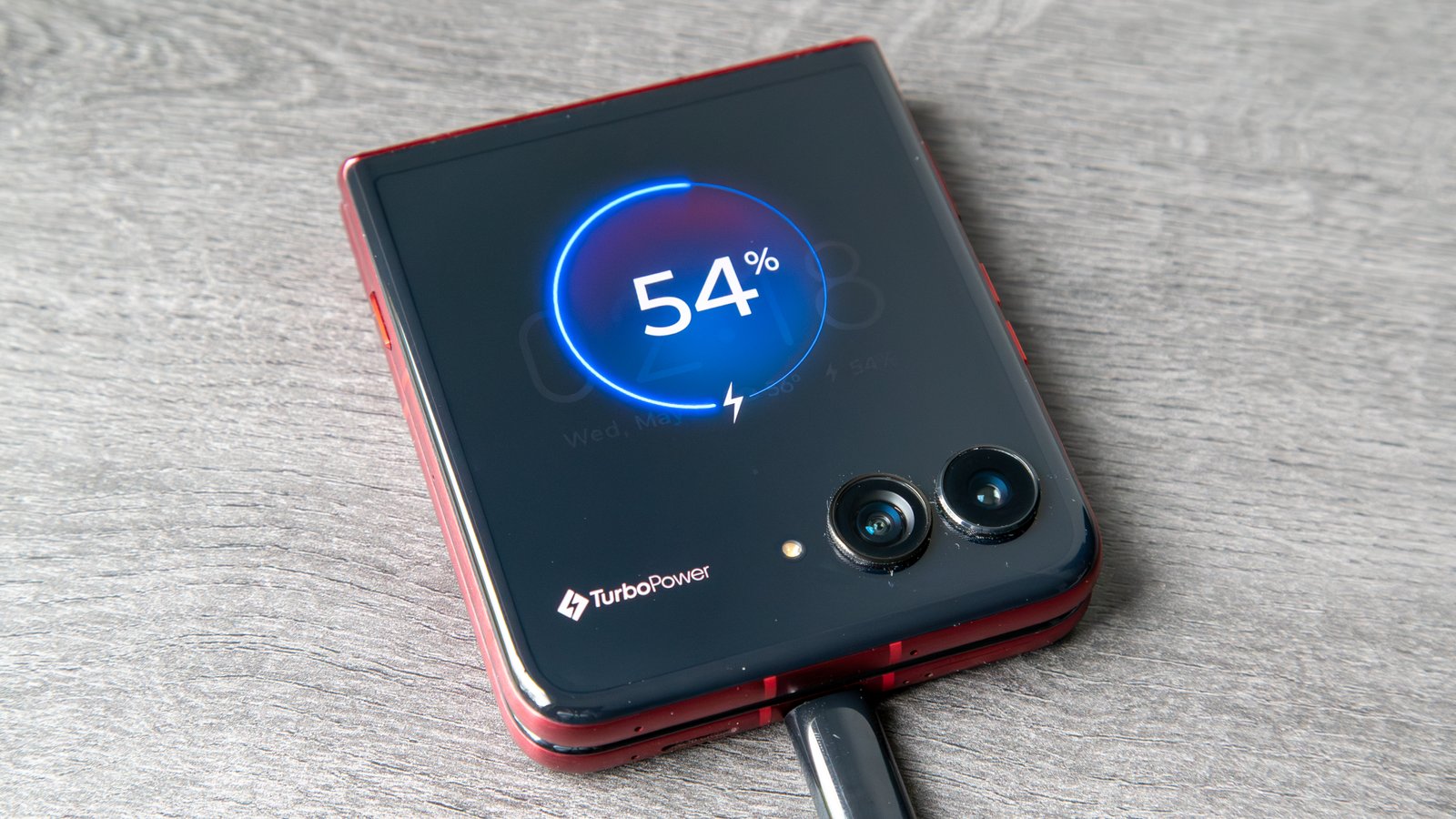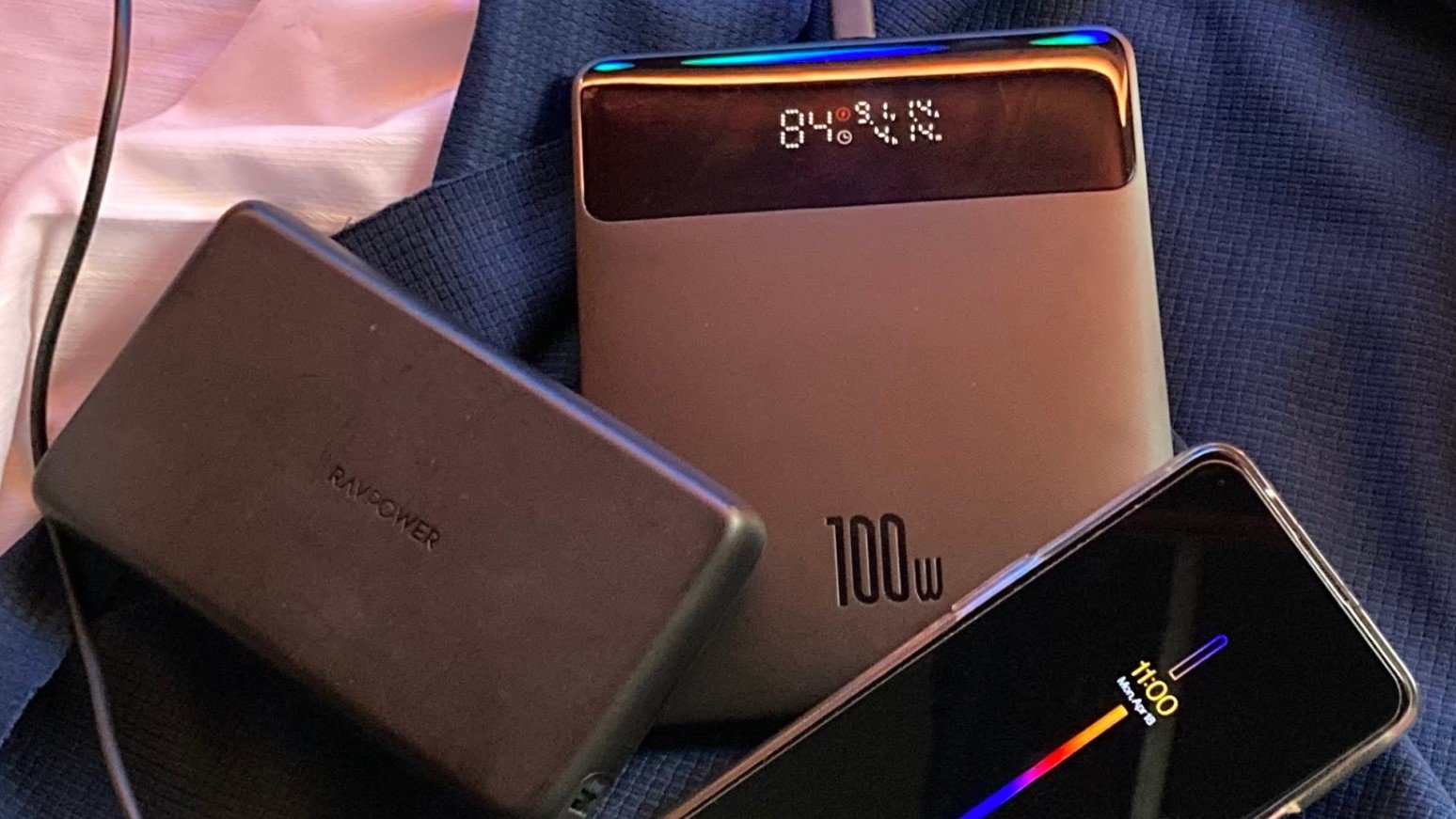My news feed is quite eclectic. Alongside articles about aquarium heaters, the impact of Saharan dust on Florida’s ecosystems, and the perils of DIY front-end alignment (trust me, just don’t), I stumbled upon another TSA alert regarding juice jacking at airports.
Juice jacking is even more sinister than it sounds. It involves someone embedding a computer within a USB charging station that attempts to transfer malware to any device plugged in for a charge. We’ve all encountered those charging kiosks, and they provide ample opportunity for someone to sneak in a Raspberry Pi to distribute software you’d definitely prefer to avoid.
The TSA advises against plugging smart devices directly into those kiosks. Whether they have undisclosed intel or just wanted to issue a reminder is unclear, but with that warning in mind, let’s explore how to safely recharge your gadgets on the move.

There are several ways to ensure you don’t create an easy access point for malware via your USB port. One method is to carry a battery pack; simply plug it into the public USB charger, then connect your phone (or any device) to the battery. Both will charge simultaneously.
Another option is to use a power-only cable. USB cables typically contain additional wires for data transfer, but you can accomplish charging with just the power wires.
You can find power-only USB cables at any electronics retailer, including Amazon. There are also small adapters that only allow power transmission; attach them to the end of your cable to cut off unnecessary data wires. Either choice is effective.
Stick with your “regular” cable when using your own charger — the one you plug into the wall. For all other situations, opt for the power-only version.

The third option, which I prefer, is to use a cable with a switch, like the OSOM Privacy Cable. I bought a few of these a while ago, and I use one whenever I might need to charge at a public kiosk in places like train stations or airports.
It’s straightforward, and if you’re crafty, you could even make one yourself. It features a tiny switch at one end that connects the data wires in one position and disconnects them in another. It’s as effective as using a battery pack or a power-only cable, but I find it more convenient than lugging around extra gear.
The key is to adopt one of these protective measures. While such incidents may not be frequent, I’ve encountered a compromised USB kiosk at Oakland International Airport. I recognized it as they were actively removing it due to its embedded computer spreading malware. It was fascinating to see inside, but distressing to consider how it could have jeopardized other travelers’ devices. People can be deceptive.
We can’t dictate your actions, but we can highlight how simple it is to shield yourself from risks like this. Trust me, spending $20 on cables is a far better investment than dealing with malware later on.
